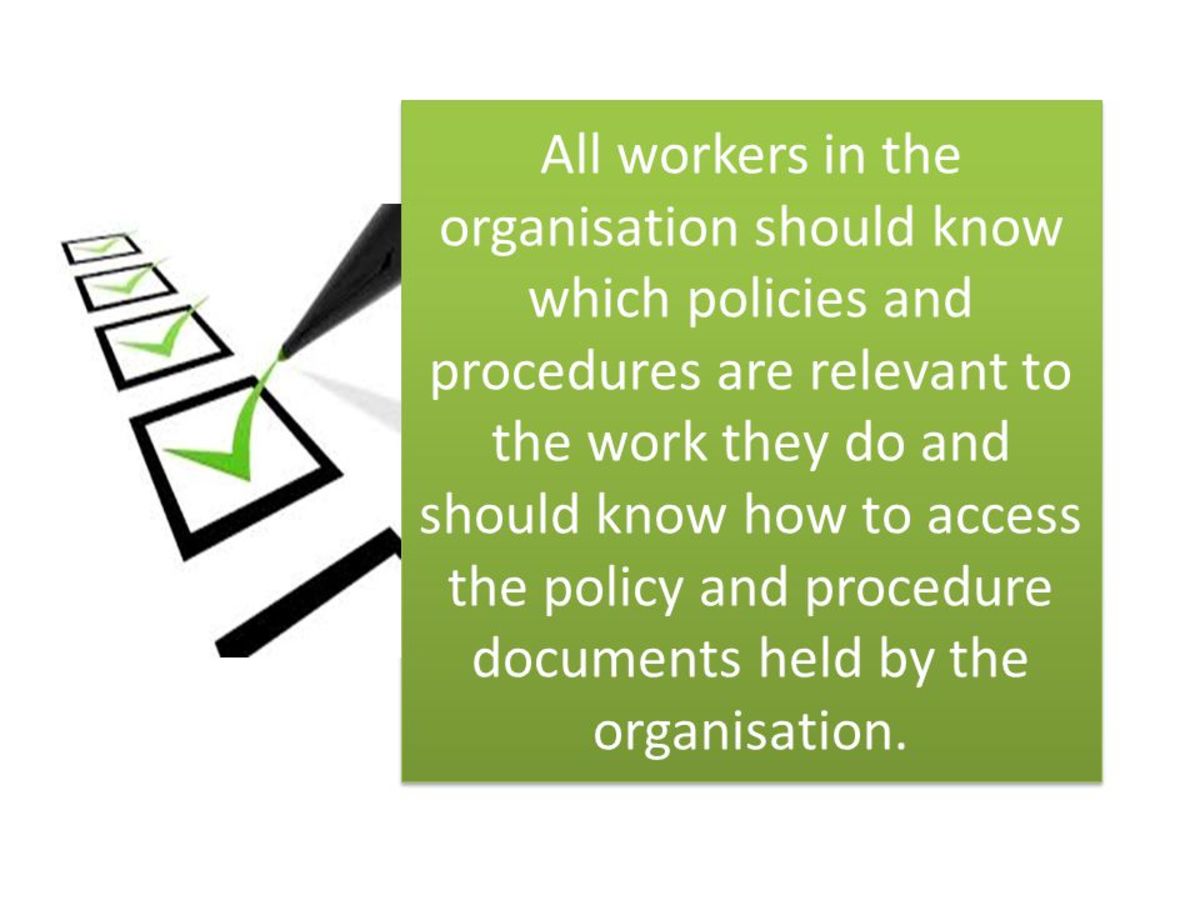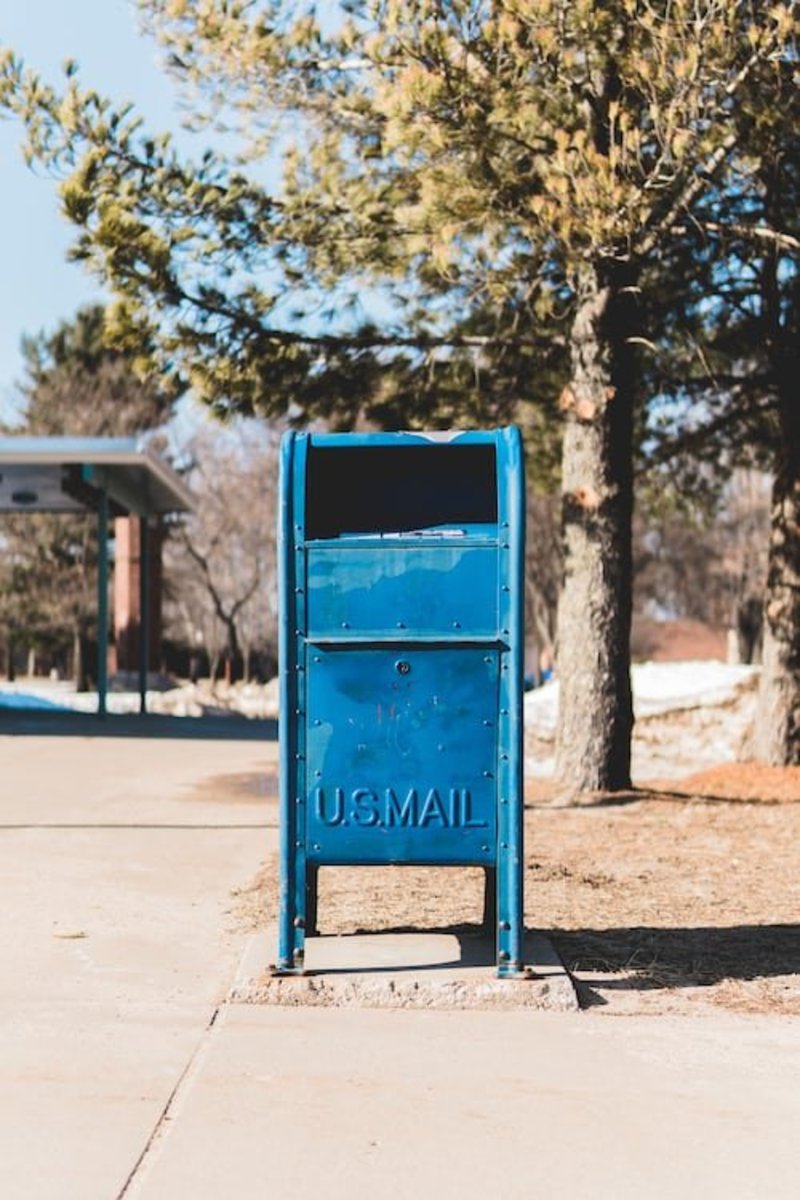Complaints: A Step-by-Step Guide to Getting What You Want

While most organizations do their best to serve their customers, there are times when their best just isn’t good enough. Accepting a faulty product or poor service doesn’t help anyone. Putting together a solid complaint letter, clearly explaining your disatisfaction, will get you the product or service you deserve, and put the company back on track to delighting their customers.
Before you sit down and write a letter of complaint or contact the Better Business Bureau, you need to work your way through the chain of command at the business where you are having a problem. If you are at a brick-and-mortar store, this means starting with the department manager, then continuing on to the general manager of the store, stopping only if you get a satisfactory response. Make sure to write down the name and title of everyone you speak with at the business. If you are unable to solve your problem on the spot, you will need to take your complaint to the next level.
Once you have exhausted the chain of command verbally, it’s time to put your complaint into writing. In most cases, it is best to submit your letter to the customer service contact listed on the company website. While most customer service agents are not empowered to resolve complicated problems, you still need to demonstrate your willingness to work with them before you bring your complaint to a higher authority.
To get started, make sure to document every part of your experience with the company. Let them know how long you have been doing business with them, and the experience you’ve had so far. Then completely describe the unsatisfactory product or service you received. Make sure to list the time and date you made your purchase and the people you spoke with when the problem arose. Include receipts, and if appropriate, pictures of defective products or the results of poor service. State your case objectively without attributing motives to people’s actions.
After you have described the incident, clearly state what you want in compensation. Don’t leave it up to the company to decide and definitely don’t just ask for an apology. All customer service agents are trained to give you a blameless apology that will get you no closer to resolving your problem. Having a customer service agent tell you that they are sorry that you had a bad experience will only tick you off.
At the end of your letter, make sure to ask the company to let you know that they have received your complaint. There’s nothing worse than following-up two weeks later only to find that they never received it. Finally, thank them in advance for a speedy resolution to your problem.
Once you have confirmed that your complaint has been received, follow-up via email or telephone every two weeks until your problem is resolved. Every unsatisfactory interaction along the path to the resolution of your complaint should be added to your follow-up letter, every time you send it back to the company. Keep in mind that your objective is to continue up the ladder of responsibility until your complaint is resolved or your reach the president of the company.
Once your complaint has been resolved, make sure to thank the people that helped you, and let them know you intend to continue using their service.
If all of this sounds like a lot of work, it is. That’s why it’s important to make sure you are on the right path when you begin. Make sure to find supporting documentation on the company’s website or in the contract that you’ve signed. For example, if the company states that they have a 100 percent customer satisfaction guarantee, hold them to that.
Most customer satisfaction issues are caused by misunderstandings. It’s extremely rare for companies to intentionally victimize their customers. It’s never a successful business strategy. From time to time, however, you will find unethical companies who intentionally rip-off their customers. Your duty, as a consumer, is to make sure that doesn’t happen. If you find a company that intentionally provides misleading information or dangerous products, contact a consumer protection agency or the Better Business Bureau.








